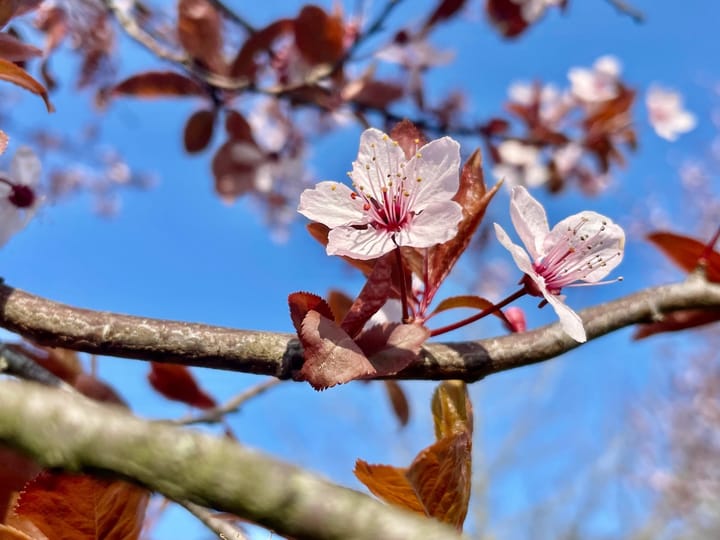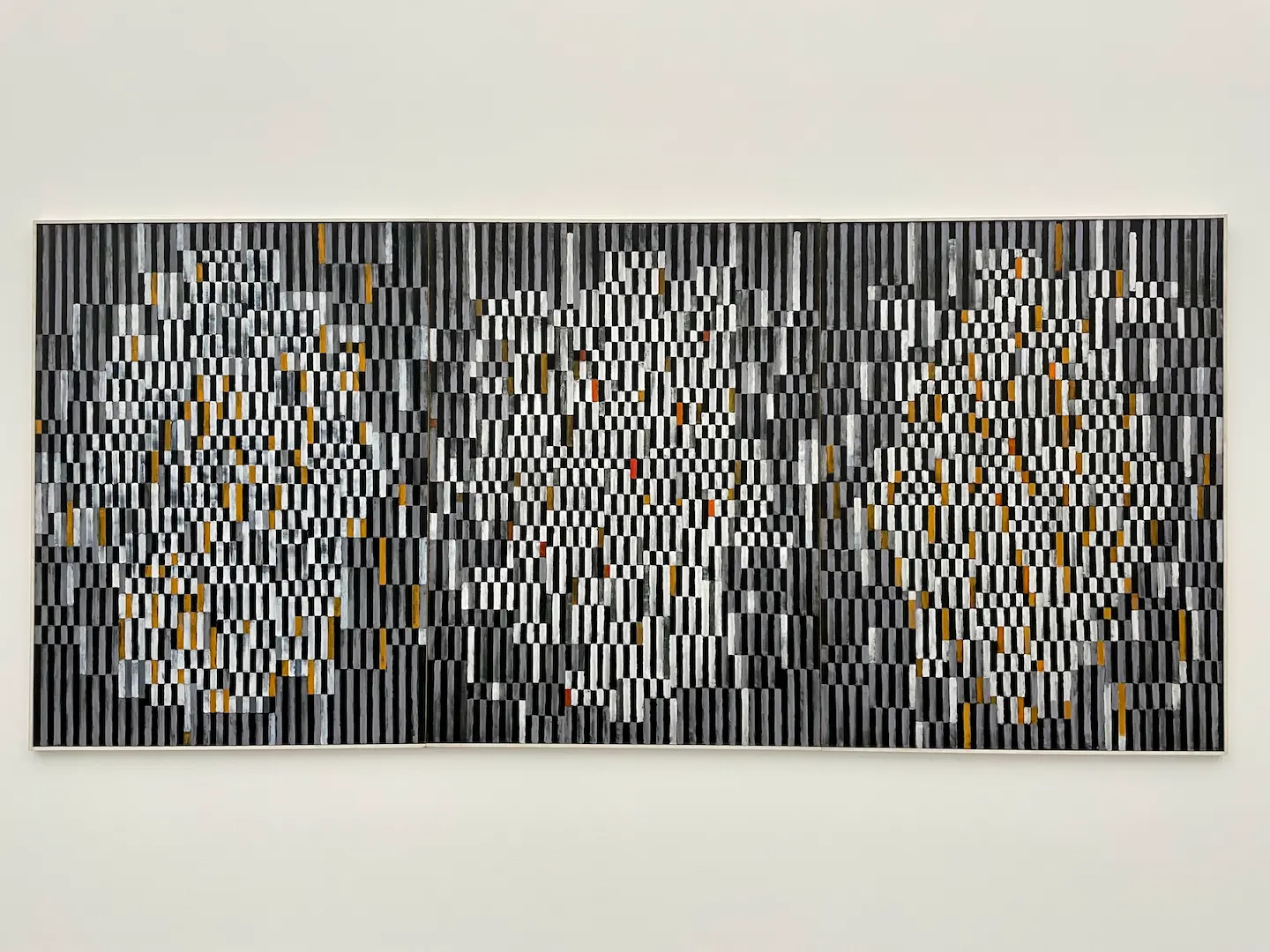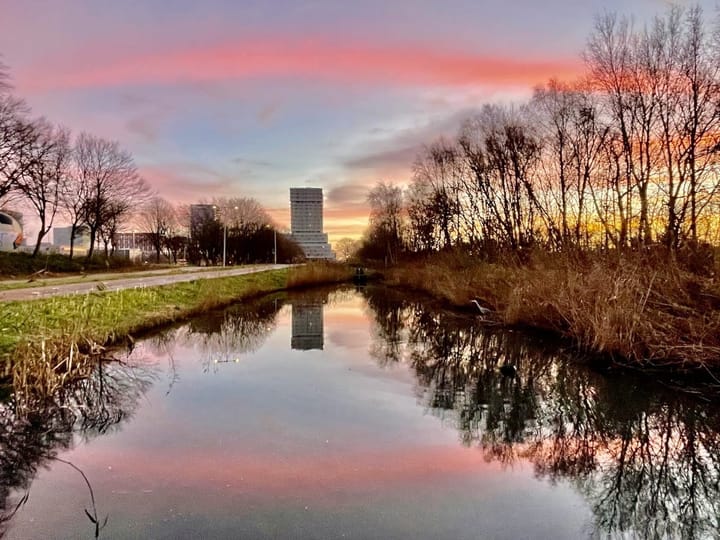The AI Image Technology Landscape for images: Generation, Alteration, and Recognition
Explore the AI revolution in image tech: generation, alteration, and recognition. Unlock creativity and efficiency in digital content creation.
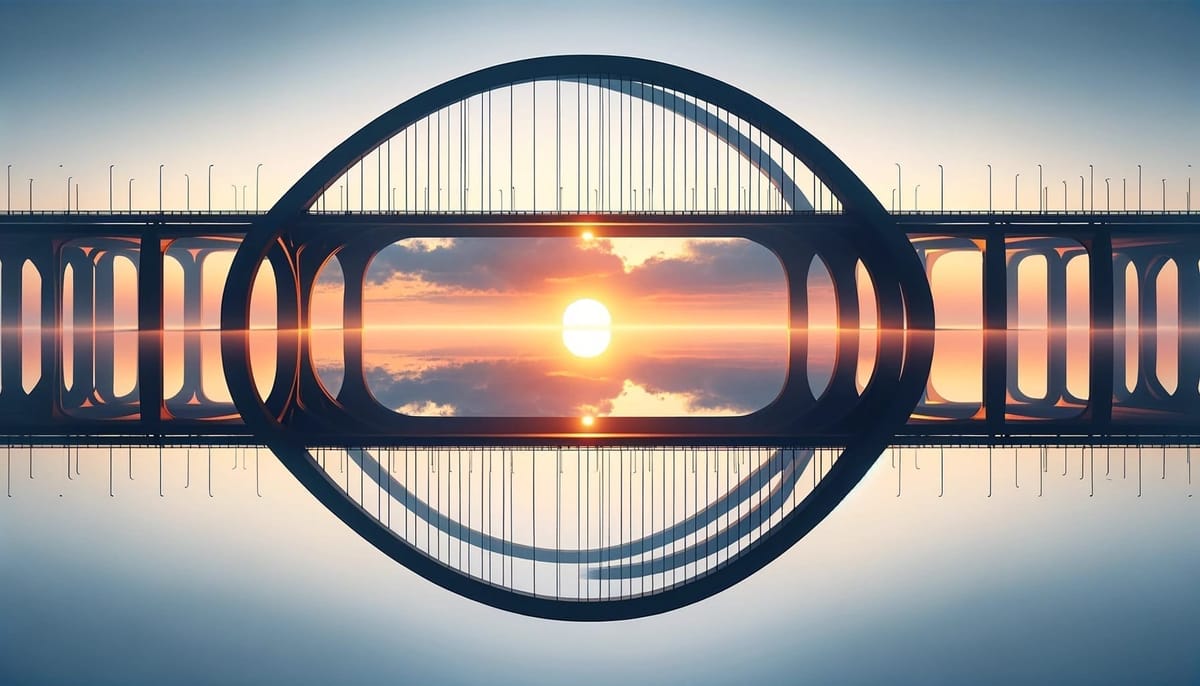
In the rapidly evolving world of artificial intelligence, the capabilities it brings to image processing are nothing short of revolutionary.
As a professional deeply entrenched in the digital content sphere, I've had an epiphany that the myriad of AI technologies available today can be broadly classified into three distinct categories: image generation, image alteration/enhancement, and image recognition.
Understanding these categories not only demystifies the technological deluge but also opens up new avenues for creativity and efficiency in our day-to-day tasks.
Image Generation: The Art of Creation from Text
The first category, image generation, represents the cutting-edge frontier where AI transforms textual descriptions into visual masterpieces.
Platforms like DALL·E and Midjourney stand at the forefront of this innovation, showcasing the ability to generate images that are not just inspired by existing visuals but are entirely new creations.
This technology heralds a new era of creativity, where the barriers between imagination and reality blur.
Everyday Example: Imagine crafting a blog post about future cities. Instead of scouring the internet for images that match your vision, you could use an AI generator to create a cityscape that aligns perfectly with your description, say, "a futuristic city at dusk, with flying cars and towering skyscrapers," bringing your written content to life in ways previously unimaginable.
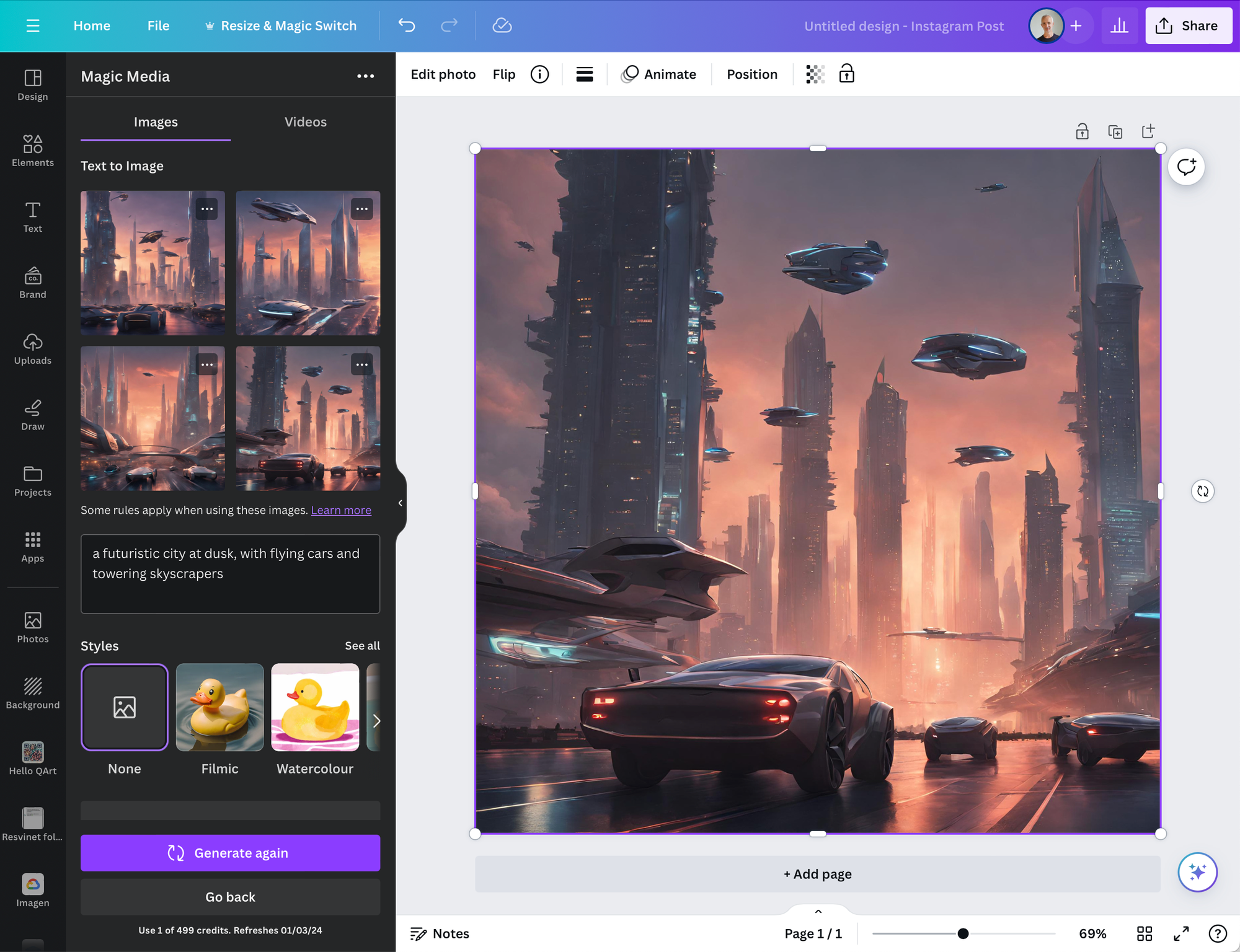
Image Alteration/Enhancement: Refining the Existing
The second category encompasses technologies focused on altering or enhancing existing images. This includes tasks such as magic selection, colourisation, background changes, and more.
Tools like Canva's Magic Studio or Firefly exemplify how AI can streamline the editing process, making professional-grade visuals more accessible to everyone.
Everyday Example: You have a perfect team photo that you want to use for your company's homepage, but the background is less than ideal. Instead of a manual, time-consuming edit, AI-powered background removal tools allow you to effortlessly place your team against a more fitting backdrop, ensuring your first impression is exactly as you intend.
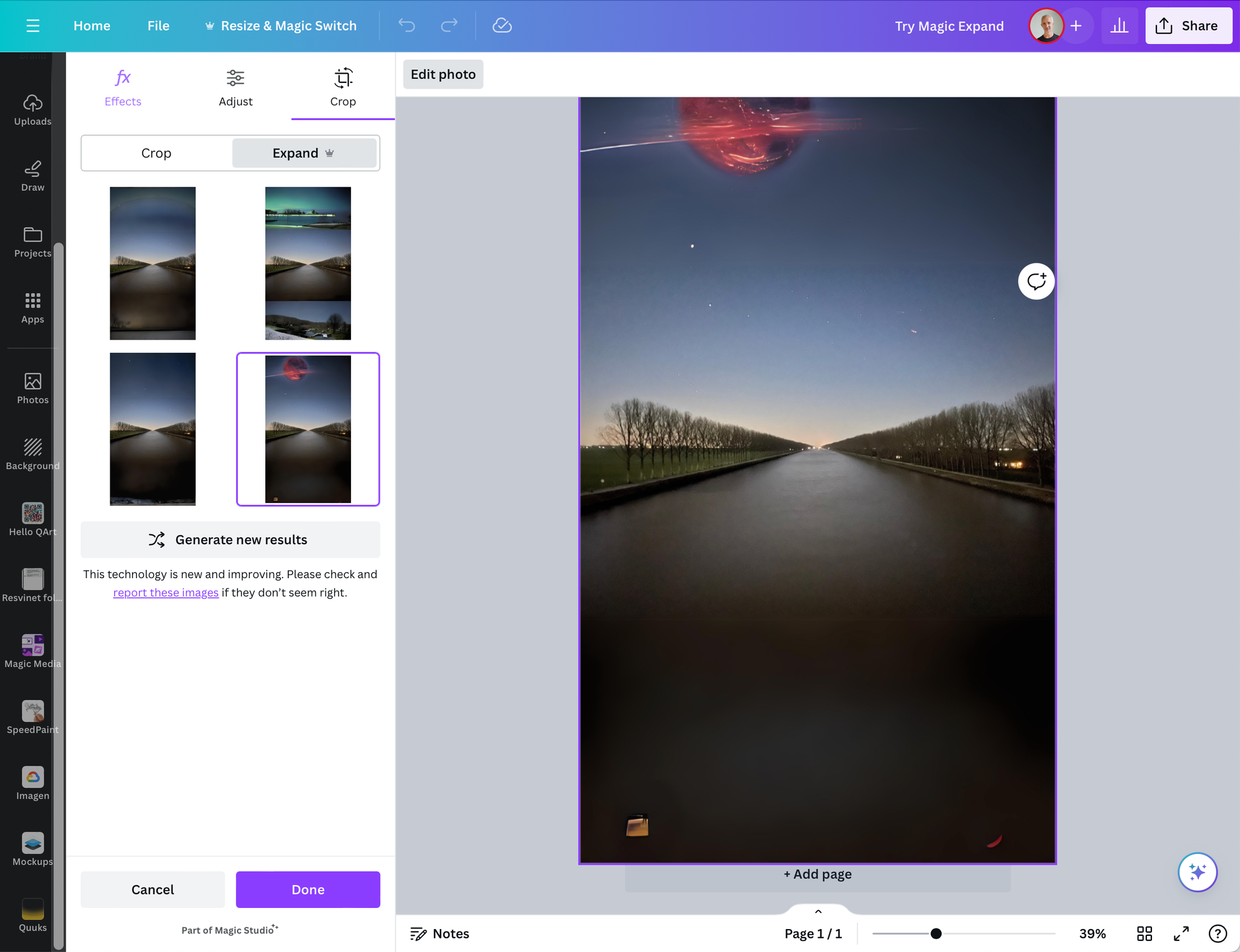
Here you can read and watch Canva's Magic Studio. I use them a lot and they offer a nice suite of AI tools:
Introducing Magic Studio: the power of AI, all in one place

Image Recognition: Understanding and Organising Visual Data
The final category, image recognition, involves AI's ability to identify and categorise elements within images.
This technology powers the facial recognition features in Apple Photos and Google Photos, sorting billions of images with ease. Beyond organising personal photo libraries, image recognition aids in enhancing security systems, streamlining retail experiences, and more.
Everyday Example: Consider the convenience of searching for "birthday party" in your photo library and instantly being presented with all relevant photos, spanning years of memories. This magic is made possible by image recognition technology, which analyses your photos for faces, objects, and scenarios, making it effortless to relive those special moments.
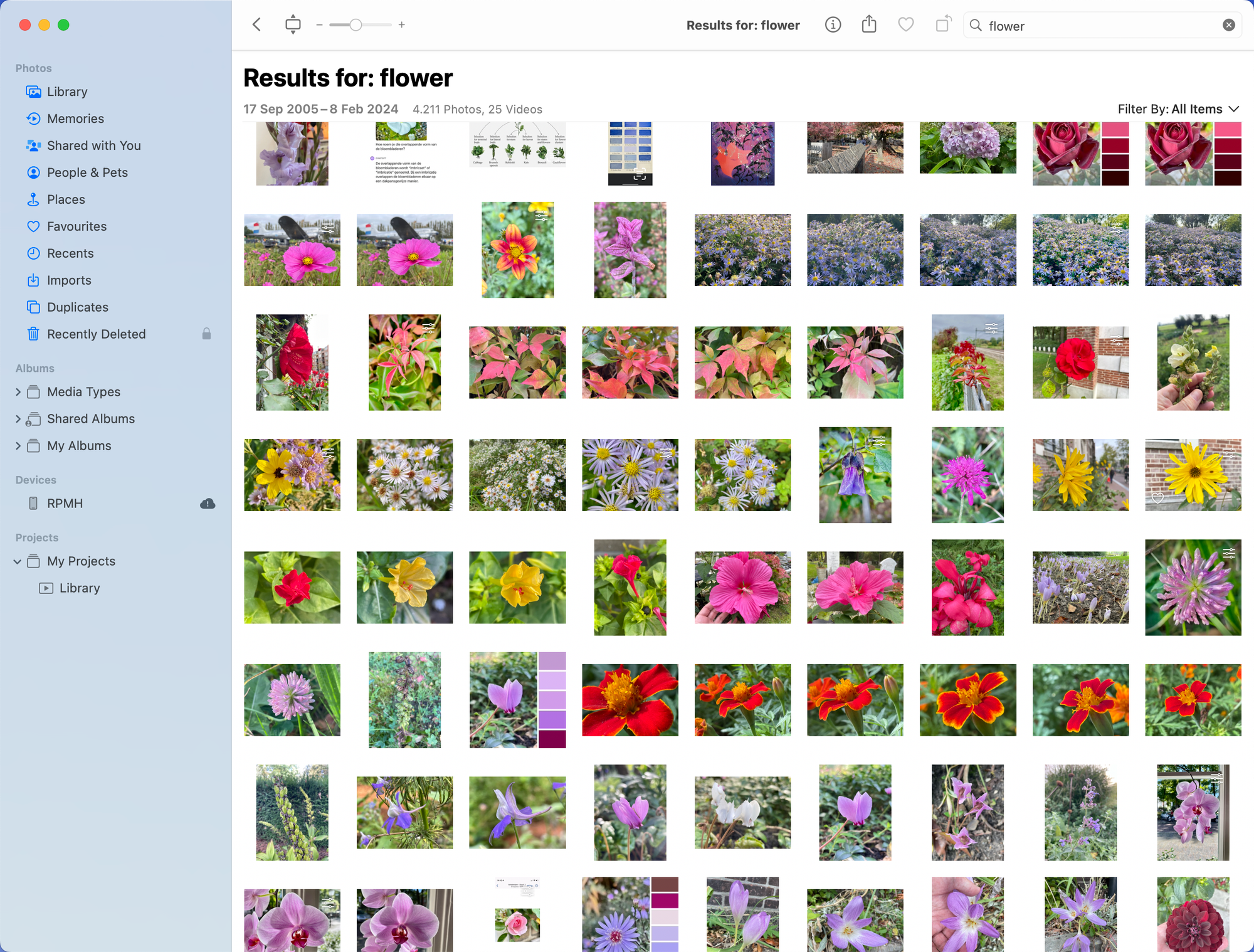
Additionally, AI models like ChatGPT can analyse and describe images, providing context and understanding that bridge the gap between visual content and textual description.


